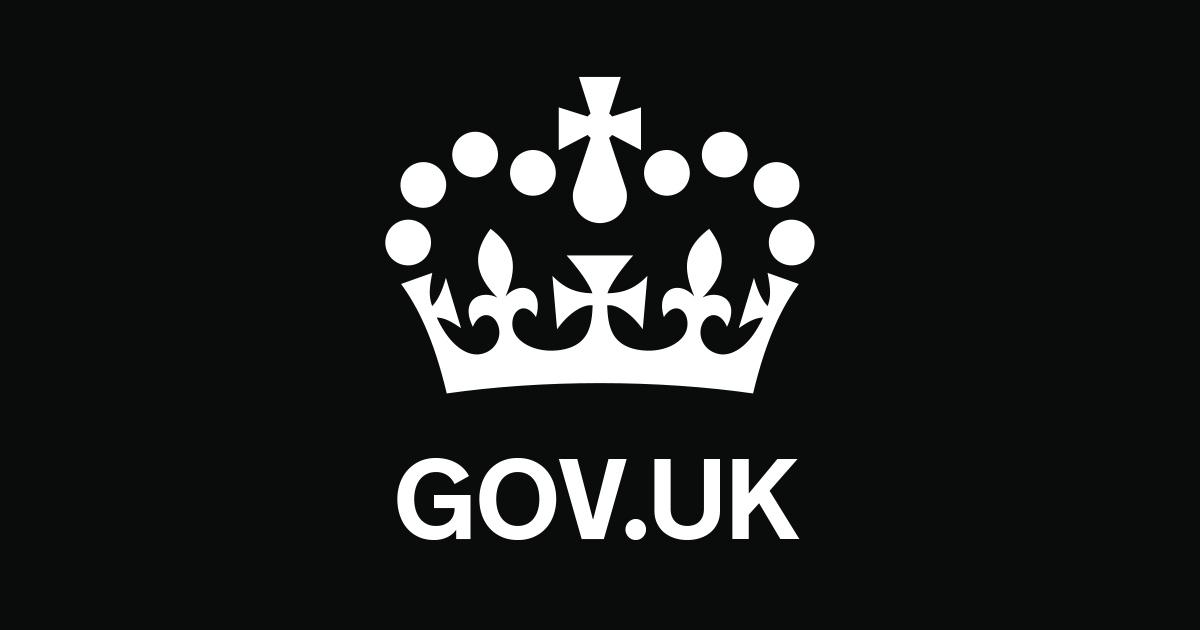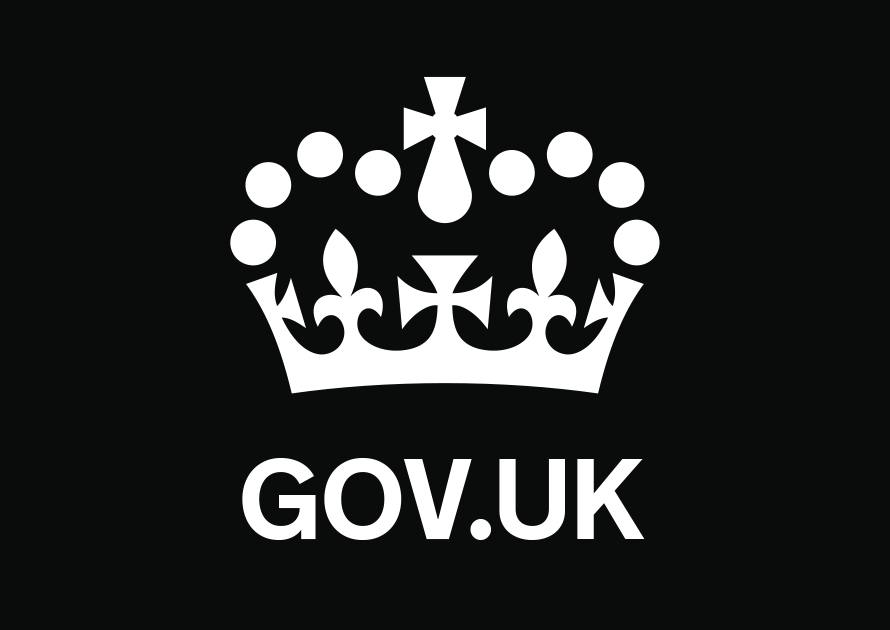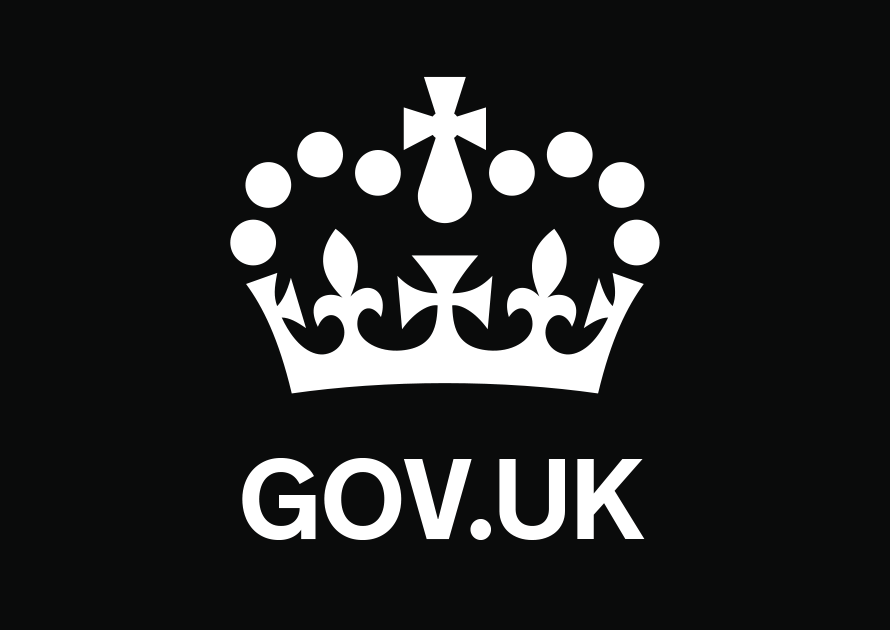Overview
The Certificate of Tax Deposit (CTD) Scheme allowed you to deposit money with HMRC and use it later to pay certain tax liabilities. Deposits with HMRC earn daily interest for up to 6 years.
From 23 November 2017 this scheme has been closed for new purchases, but we’ll continue to honour existing certificates until 23 November 2023. Any certificates remaining after this date should be promptly submitted to HMRC for a refund.
After that date HMRC will try to repay the balance of any certificate which remains unpaid and unclaimed. But if we cannot do so (for example, because we’re unable to contact the current certificate holder after reasonable effort) we’ll regard the balance as forfeited.
Who can use tax deposits
The scheme is open to:
- individuals
- individuals in a partnership – to pay liabilities that apply solely to them
- companies
- personal representatives – to pay liabilities of a deceased individual’s estate
- trustees – to pay liabilities of the trust
Taxes you can pay with your deposits
You can use your deposits to pay liabilities for:
- Income Tax (Self Assessment)
- Class 4 National Insurance contributions
- Capital Gains Tax – not including Annual Tax on Enveloped Dwellings-related Capital Gains Tax
- Corporation Tax – only Series 6 certificates purchased in 1993 or earlier can be used
- Petroleum Revenue Tax
- Inheritance Tax
Tax liabilities under investigation by HMRC
A deposit could also be held against any of the tax liabilities that are under investigation by HMRC.
Making a deposit can help stop late payment interest being charged on the amount owed while it is under investigation. Interest may be added to the value of the deposit depending on when the deposit was made.
Deposit made before the tax liability payment date
If you made a deposit before the due date of the tax liability under investigation, interest will be added to the value of the deposit.
The element of tax due that is covered by the deposit will be treated as being paid on its due date and will not attract late payment interest.
Deposit made after the tax liability payment date
If your deposit was made after the date the tax liability should have been paid, interest will not be added to the value of your deposit. Late payment interest charges will only be added up to the date the deposit was made.
Interest on your tax deposits
You’ll get daily interest on tax deposits over £100,000 from the date shown on your CTD until the earliest of the:
- due date of the tax liability you pay (in full or part) using the deposit
- date you withdraw your deposit for cash
- sixth anniversary of the date on your certificate
You can leave your deposits beyond 6 years but no interest will be paid after that. Any certificates remaining after 23 November 2023 should be promptly submitted to HMRC for a refund.
Interest will be added to the value of your certificate when you use it to pay off a tax liability or withdraw your deposit. When you do either of these things you’ll get a letter confirming how much interest you have received.
To check the level of interest earned on a tax deposit you have made under the CTD scheme, contact HMRC’s CTD team.
Rates of interest
When you made a tax deposit, HMRC sent you a letter to confirm the current interest rate that applied. This interest rate will apply to your deposit throughout the first year.
Money on deposit for longer than 1 year
The interest rate applied in each subsequent year is the rate that’s in force on the anniversary of the date shown on your CTD.
For example, the rate of interest that’s in force on the second anniversary of your certificate will apply throughout the third year that your money is on deposit.
Current rates of interest
The following rates are effective from the 6 March 2009.
| Deposits | Interest rate |
|---|---|
| Under £100,000 | No interest |
| Over £100,000 held under 1 month |
No interest |
| Over £100,000 held over 1 month |
Tax rate: 0.75% Cash rate: 0.25% |
Contact the CTD team for details of rates before March 2009.
When interest is not due
From 5 December 2008 there’s no interest due against deposits of less than £100,000. This includes weekly or monthly instalments you make that are less than £100,000 each.
Tax on interest you have received
Any interest your deposits attract is paid gross (without tax deducted at source). You must therefore treat all of this interest as part of your income for tax purposes when completing your annual tax return.
Make a deposit
From 23 November 2017, it is no longer possible to make a new deposit.
You cannot top up an existing certificate.
Pay tax with a deposit
To use your deposits to pay a tax liability you must send your CTD with written instructions explaining how you want the deposit to be used.
If you have more than one liability you can specify the order you want them to be paid in. If you do not specify an order the oldest liabilities are paid first.
Send your certificate and instructions to HMRC’s CTD Team. Once the CTD Team have it, it takes 10 to 14 days to allocate the deposit to your liability.
Any certificates remaining after 23 November 2023 should be promptly submitted to HMRC for a refund. After that date HMRC will try to repay the balance of any certificate which remains unpaid and unclaimed.
But if we cannot do so (for example, because we’re unable to contact the current certificate holder after reasonable effort) we’ll regard the balance as forfeited.
If you do not use the full value of a certificate
If you only want to use a part of a certificate’s value to pay a tax liability you must specify what you want to happen with the rest of its value. You can either:
- withdraw the balance in cash
- get a Balance Certificate for use against a future liability (this certificate will have the same date as the original one)
HMRC will not leave any balance due as a credit on your tax records.
If your tax liability is more than the value of your certificate
If the value of your certificate is not enough to meet your tax liability you need to arrange to pay the shortfall immediately to avoid or minimise late payment penalties and interest charges.
To get an up to date valuation of your certificate (including interest earned) contact HMRC’s CTD team.
Making late payments using a CTD
If you pay a tax liability after its due date using a CTD dated before the due date you will not be charged late payment interest.
Pay another person or company’s tax
CTD are not transferable but you can use them to pay another person’s tax liabilities if you submit a written request to HMRC’s CTD Team.
Interest on a deposit used to pay against another person’s tax liability will be at the lower cash rate.
A company can submit a written request to use tax deposits and pay the liabilities of:
- its holding company
- its subsidiary
- another subsidiary of its holding company
Confirmation of the subsidiary and/or holding companies is also needed to get the higher rate of interest.
Withdraw a tax deposit
To withdraw a deposit, send the CTD along with a written request — including details of the account you would like the funds paid into — to HMRC’s CTD team.
Bank details required:
- account name (for example Mr A N Other)
- account number
- account sort code
- bank or building society name
Repayments are usually made within 12 working days.
To help control the spread of coronavirus (COVID-19) we have changed how we handle post and repayments may take slightly longer to reach customers.
The date used for calculating the interest will be either the date we:
- instruct our bank to credit your bank account
- issue a payable order to repay your deposit (where we do not hold bank details to make the repayment).
Overseas customers should contact HMRC’s CTD Team.
Notify changes to HMRC
If the named trustees or executors change or the individual named on the certificate dies, we’ll need signed written authority to deal with the proceeds and amend the certificate. This must include:
- the full name of each trustee or executor named on the certificate
- their signatures confirming their agreement to the change
- the certificate’s reference number
Send the written authority to HMRC’s CTD Team.
Notifying you of changes to the scheme
On 22 November 2017, HM Treasury gave notice of the scheme’s closure.
If you lose a CTD
You must write to HMRC’s CTD Team to report a lost certificate. They’ll send you an indemnity form to complete and return.
Once HMRC has issued the indemnity form, your original CTD will no longer be valid. If you find it please send it to the CTD Team who’ll destroy it.




